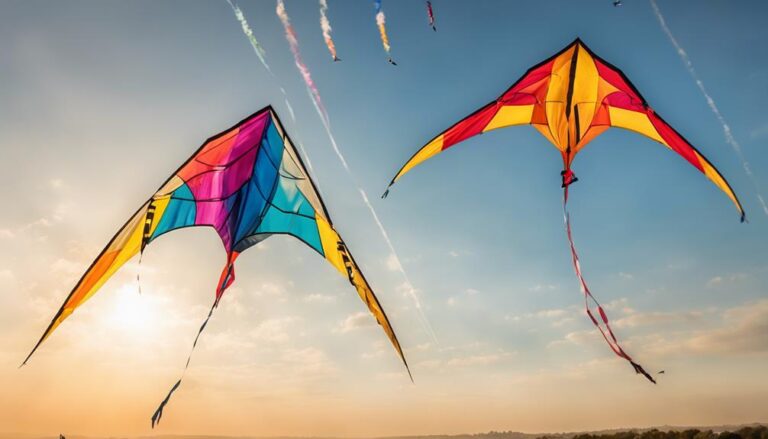If you’re a kite enthusiast, you know the importance of finding the right conditions to fly your kite. Wind speed is one of the crucial factors that determine whether your kite will soar high or fall flat.
Contents
Why Wind Speed Matters for Kite Flying
Kite flying is all about harnessing the power of the wind. Wind speed affects the lift and stability of your kite.
If the wind is too slow, your kite won’t take off, and if the wind is too strong, your kite may become difficult to control, leading to crashes or other accidents. Therefore, finding the right wind speed is crucial for a successful kite-flying experience.
Factors that Affect Wind Speed
Before we dive into the ideal wind speed for kite flying, let’s look at the factors that affect wind speed. The wind speed depends on various factors, such as:
- Altitude: Wind speed increases with altitude.
- Temperature: Temperature changes can affect wind speed.
- Terrain: The terrain can affect wind speed, such as hills, buildings, and trees.
- Season: Different seasons have varying wind speeds.
Ideal Wind Speed for Kite Flying
The ideal wind speed for kite flying varies depending on the type of kite you’re flying. However, in general, most kites fly best at wind speeds of 6-15 mph (10-25 km/h).
This wind speed range provides enough lift for the kite to take off and remain stable in the air.
However, different kite types require different wind speed ranges. For instance, smaller kites, such as diamond kites or box kites, require less wind and can fly in winds as low as 4 mph (6 km/h).
On the other hand, larger kites, such as power kites, need stronger winds of around 15-25 mph (25-40 km/h) to take off and remain stable.
Tips for Flying in Different Wind Speeds
Knowing the ideal wind speed for kite flying is one thing, but being able to fly at different wind speeds is another. Here are some tips for flying at different wind speeds:
- Light Wind: In light winds, use a smaller and lighter kite, such as a diamond kite, and a long line to catch more wind.
- Moderate Wind: For moderate winds, use a delta kite or a box kite, which can handle wind speeds up to 15 mph (25 km/h).
- Strong Wind: In strong winds, use a power kite with a shorter line, and be prepared to adjust your stance and body position for better control.
Safety Tips for Kite Flying
Kite flying is a fun and exciting activity, but it’s essential to stay safe while doing it. Here are some safety tips to keep in mind:
- Check the wind conditions before flying.
- Choose an open area with no obstacles or overhead power lines.
- Use a kite leash to prevent your kite from flying away.
- Keep a safe distance from other people and animals.
- Never fly your kite near airports or airfields.
Conclusion
Wind speed is a critical factor for kite flying. Finding the right wind speed range for your kite can make all the difference in your kite-flying experience.
Whether you’re a beginner or an experienced kite flyer, understanding the ideal wind speed range for your kite can help you make the most of your time in the air.






